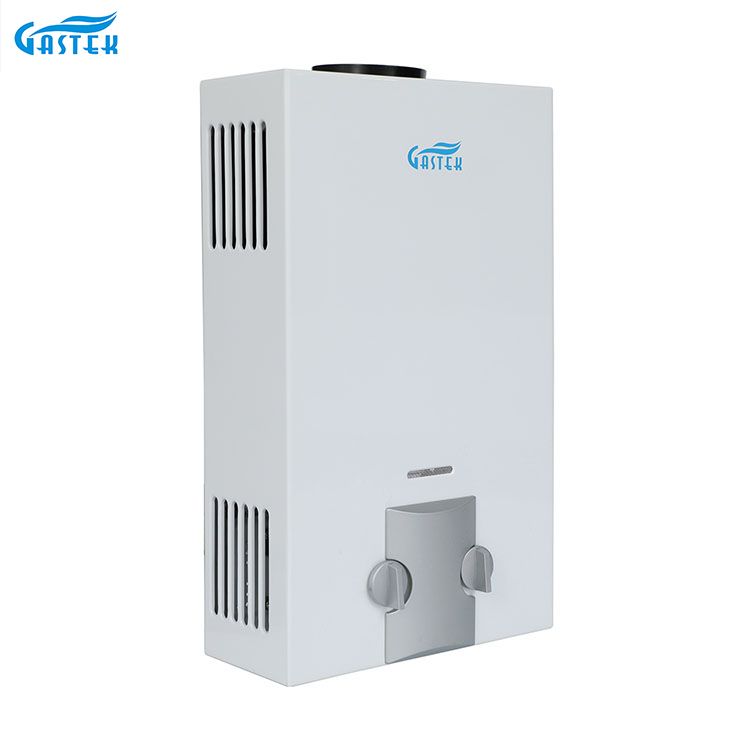What is gas water heater?
2023-10-18
A gas water heater is a type of water heating appliance that utilizes natural gas or propane as its primary fuel source to heat water. It consists of a tank, a burner, a gas control valve, and various safety mechanisms.
Here's a brief overview of how a gas water heater operates:
1. Gas supply: The water heater is connected to a gas supply line that provides natural gas or propane.
2. Burner: Inside the water heater tank, there is a burner assembly that is responsible for igniting the gas and producing the flame.
3. Pilot light or ignition system: Gas water heaters typically have a pilot light or an electronic ignition system to ignite the burner. The pilot light is a small, continuously burning flame that lights the main burner when needed. Electronic ignition systems use an electric spark to ignite the burner.
4. Combustion process: When the burner is ignited, it produces a controlled flame that heats the water inside the tank. The combustion process occurs within a sealed combustion chamber, which is important for safety and to prevent the release of combustion byproducts into the living space.
5. Heat transfer: The flame heats the bottom of the tank, transferring heat to the water stored inside. The heated water rises to the top of the tank, where it is ready for use.
6. Temperature and pressure controls: Gas water heaters have temperature and pressure controls to ensure safe and efficient operation. These controls maintain the water temperature within a specified range and prevent excessive pressure buildup inside the tank.
7. Venting: Gas water heaters require proper ventilation to remove combustion byproducts, such as carbon monoxide, from the living space. Venting systems typically include a flue or chimney to safely exhaust the combustion gases outside.
Gas water heaters are popular for their relatively fast recovery time (the rate at which they can heat a new batch of water), energy efficiency, and lower operating costs compared to electric water heaters. However, it's essential to ensure proper installation, ventilation, and regular maintenance to ensure safety and optimal performance.



